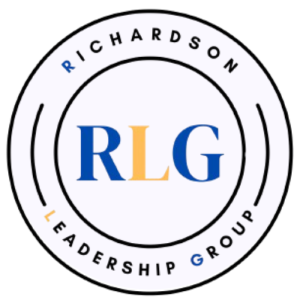Teams can deliver sustainable results in hybrid work environments with outcome-centric thinking.
At the risk adding to the noise surrounding work from home, I’d like to highlight how the debate lends itself to the benefits of outcome-centric thinking — focusing on outcomes over activity. Specifically, in this post I focus on delivering results in a hybrid environment. In an upcoming post, I will discuss associate development, teaming, and other factors.
The COVID-19 pandemic changed the way the corporate world works and how corporate leaders lead. No matter how much certain CXOs may want to return to a pre COVID world where knowledge workers commute to a physical office five days a week and sit together in cubicles or open workspaces for 8 – 10 hours, I don’t believe that world will return as the singular answer for how we work together. The reason: balance.
The work world was out of balance when people worked exclusively in corporate office buildings as it is out of balance when they rarely meet in person to work on the complex issues they face. Over time, people find balance which, in this case, leads to hybrid models across many corporate teams. This may not mean a specified 3 days in / 2 days out of office, but an even more dynamic blend of who’s in the office when, especially as companies continue to compete for talent and location is less of a factor.
Blended in office / work from home models can be maintained with high associate engagement much more easily if two things are true: (1) leaders are primarily focused on outcomes and lead the team in achieving those outcomes vs. monitoring team member activity and (2) appropriate measures are in place to understand progress toward outcomes and the value of the outcomes delivered. More on measures to come in another post.
These are certainly not the only two things that need to be true to have a well-operating hybrid workforce; there are many other factors that lead to success, from new hire onboarding, to communications, to real-time team member support, to career advancement practices, etc. Focusing on outcomes rather than activity, however, is one of the most powerful behaviors a leader can demonstrate in these environments. The clarity outcome centricity provides makes it easier for teams to bring other remote team members into the fold.
Team members also feel less monitored and more trusted under this approach. As metrics show progress and outcomes achieved and leaders feel more comfortable with the work arrangement, their level of trust increases. Associates feel that trust and return it to their leaders. When people feel trusted and empowered to achieve well-defined outcomes, they focus, work hard, and deliver results.
In my experience, few people are out to cheat their company, not contributing while taking as much as they can. Those individuals surely exist, but if you are a leader who treats your entire team as if they were one of these marginal associates, you will get the behavior you are trying to avoid. How hard would you work for someone who doesn’t trust you and thinks you are out to get paid while doing nothing?
Quiet quitting was a hot topic for a while as workers who felt underpaid for their efforts stated they would match their efforts to their compensation. This “movement” was not focused on getting the most from the company while doing nothing, but rather a statement about how certain workers felt their compensation did not accurately reflect their contributions. This is a real issue to be addressed between manager and associate, but not an issue that fundamentally changes the reality that most people work hard in whatever environment they are in and that hybrid work environments are here to stay. Perhaps discussing the associate’s contribution to outcomes could be useful in the quiet quitter conversations, as well.
Share your thoughts below.
What do you believe is most important for leaders to successfully deliver results in a hybrid work environment?



Leave a Reply